The Science Behind Shampoo: How Does It Actually Work?
Shampoo is a staple in nearly every household, a product so ubiquitous that it often goes unnoticed until it runs out. Yet, despite its common presence, many people are not fully aware of the science that makes shampoo work. In this blog, we’ll delve into the chemistry and biology behind shampoo, exploring how it cleans our hair, what ingredients are involved, and the importance of choosing the right type for your hair.
- Understanding Hair and Scalp
Before diving into the mechanics of shampoo, it’s essential to understand the structure of hair and the scalp. Human hair is composed of a protein called keratin, which forms strong, fibrous strands. Each hair strand consists of three layers: the medulla (inner core), the cortex (middle layer), and the cuticle (outer layer). The cuticle, made up of overlapping cells, protects the cortex and medulla.
The scalp, where hair follicles reside, produces sebum, an oily substance that moisturizes hair and skin. Sebum, combined with sweat, dead skin cells, and environmental dirt, can accumulate on the scalp and hair, leading to a greasy or dirty appearance. This is where shampoo comes into play.
- The Role of Shampoo
Shampoo’s primary function is to clean the hair and scalp by removing dirt, oils, and other unwanted buildup. It achieves this through the use of surfactants, compounds that lower the surface tension between two substances, such as oil and water. Surfactants in shampoo help water to mix with oil and dirt, allowing them to be rinsed away.
- Key Ingredients in Shampoo
Shampoos typically contain several key ingredients, each serving a specific purpose:
1. **Surfactants**: These are the primary cleaning agents. Common surfactants include sodium lauryl sulfate (SLS) and sodium laureth sulfate (SLES). They work by surrounding oil particles, making them easier to rinse away.
2. **Conditioning Agents**: Ingredients like silicones (e.g., dimethicone) and quaternary ammonium compounds help to smooth the hair cuticle, reducing friction and static, and making hair easier to manage.
3. **Preservatives**: Chemicals such as parabens or formaldehyde releasers prevent the growth of bacteria and fungi, ensuring the shampoo remains safe to use over time.
4. **Fragrances and Colorants**: These ingredients give shampoo its characteristic scent and appearance, although they don’t contribute to its cleaning ability.
5. **Specialty Additives**: Depending on the shampoo’s intended purpose, it may include ingredients like proteins, vitamins, or botanical extracts, which claim to offer benefits like strengthening hair or promoting shine.


